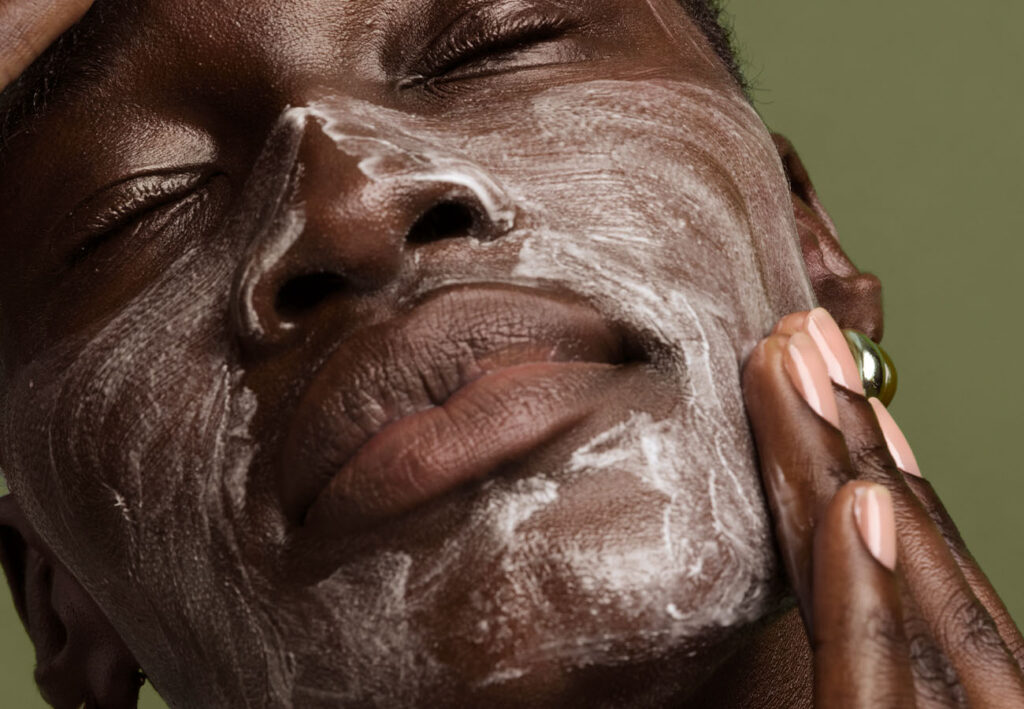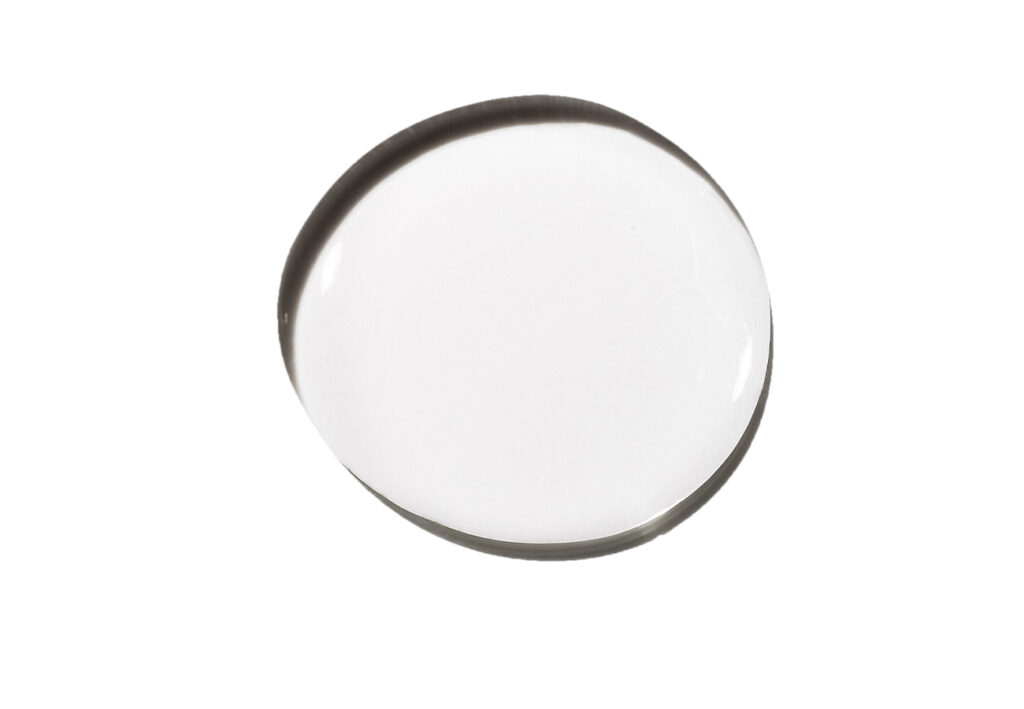Think of skin purging as the skin’s way of flushing out a backlog of pore-clogging factors. “Skin purging is a reaction to an active skincare ingredient, resulting in the acceleration of skin cell turnover rates,” explains celebrity esthetician and BeautyCurious Podcast Co-Host, Ian Michael Crumm. He lists a few key reasons that this might occur:
- Starting a new skincare regimen with active ingredients that accelerate cellular turnover
- Over-exfoliating or over-using aggressive skin products
- Switching to products with higher concentrations of active ingredients than what the skin is currently used to
Crumm explains it further: “This rapid turnover can cause existing microcomedones (tiny, early acne) to surface and become noticeable, leading to a temporary increase in breakouts.” And the keyword is temporary. Ideally, this is one stepping stone towards fewer actual breakouts too—just stay patient.
Who Is Most Likely to Experience Skin Purging?
To Crumm’s earlier point, skin purging is especially common for people using high-grade exfoliation products—those which increase cell turnover such as retinoids and hydroxy acids. For example, lactic acid and glycolic acid are both alpha hydroxy acids targeting surface cell turnover. Then there is also salicylic acid, which is a beta hydroxy acid. It absorbs into pores to free up trapped oil and cells. And retinoids, which are topical Vitamin A derivatives, are used to do this exact thing: Increase cellular turnover in order to have the smoothest, brightest complexion possible.
But other factors can increase one’s odds of experiencing skin purging. “Skin purging is often contingent on the type of skin care products used, the individual’s skin type, and their current skin condition,” explains Crumm. “It’s more likely to occur in people with acne-prone skin when they start using active ingredients that accelerate exfoliation. It’s also more common for this to happen after someone goes to an esthetician or dermatologist for a professional peel.”
How Long Does Skin Purging Last?
When skin purges, it usually indicates progress towards that “better complexion” goal, and has to be endured for 4-6 weeks (sometimes even longer) as the skin adjusts. Some oral prescriptions that target acne can even worsen acne for this period of time as the skin purges itself of the dead cells, sebum, and grime that might be backlogged in the pores. But just like the primary topical treatments that can induce purging, there is clarity and smooth sailing on the other side of that purging storm. So, don’t be deterred by a momentary breakout because of the change in your regimen.
But How Do You Differentiate Between Skin Purging and Actual Breakouts?
It’s not always easy to diagnose a blemish—although there are acne patterns depending on where blemishes arise, and what type of acne forms.
But consider your own history with acne in order to draw conclusions: “Purging typically occurs in areas where you frequently get pimples and tends to resolve quicker than a normal breakout,” says Crumm. “Breakouts, on the other hand, might appear in new areas and last longer.”
And sure, it’s possible that you’re having a breakout in an otherwise usual location on the face. But the reason you’re using the cellular turnover product is to reduce these kinds of blemishes in the first place, so stay the course.
How to Treat Skin Purging
Treatment for skin purging is a lot like that for acne itself: First of all, don’t pick at it or push on it. This can increase swelling and significantly increase the time skin takes to recover. Instead, use sebum-absorbing ingredients like salicylic acid, kaolin clay, willow bark extract, and benzoyl peroxide to target the site and free up the pores. Avoid comedogenic ingredients that might contribute to more clogging (like oil-heavy moisturizers).
Targeted acne patches can also be used to reduce inflammation and can sometimes even send salicylic acid into the blemish with the use of micro-dart technology (if they include salicylic acid, that is).
Always made to order. Never made to waste.
Exclusive Trial Offer Get 60% Off + Free Gift







